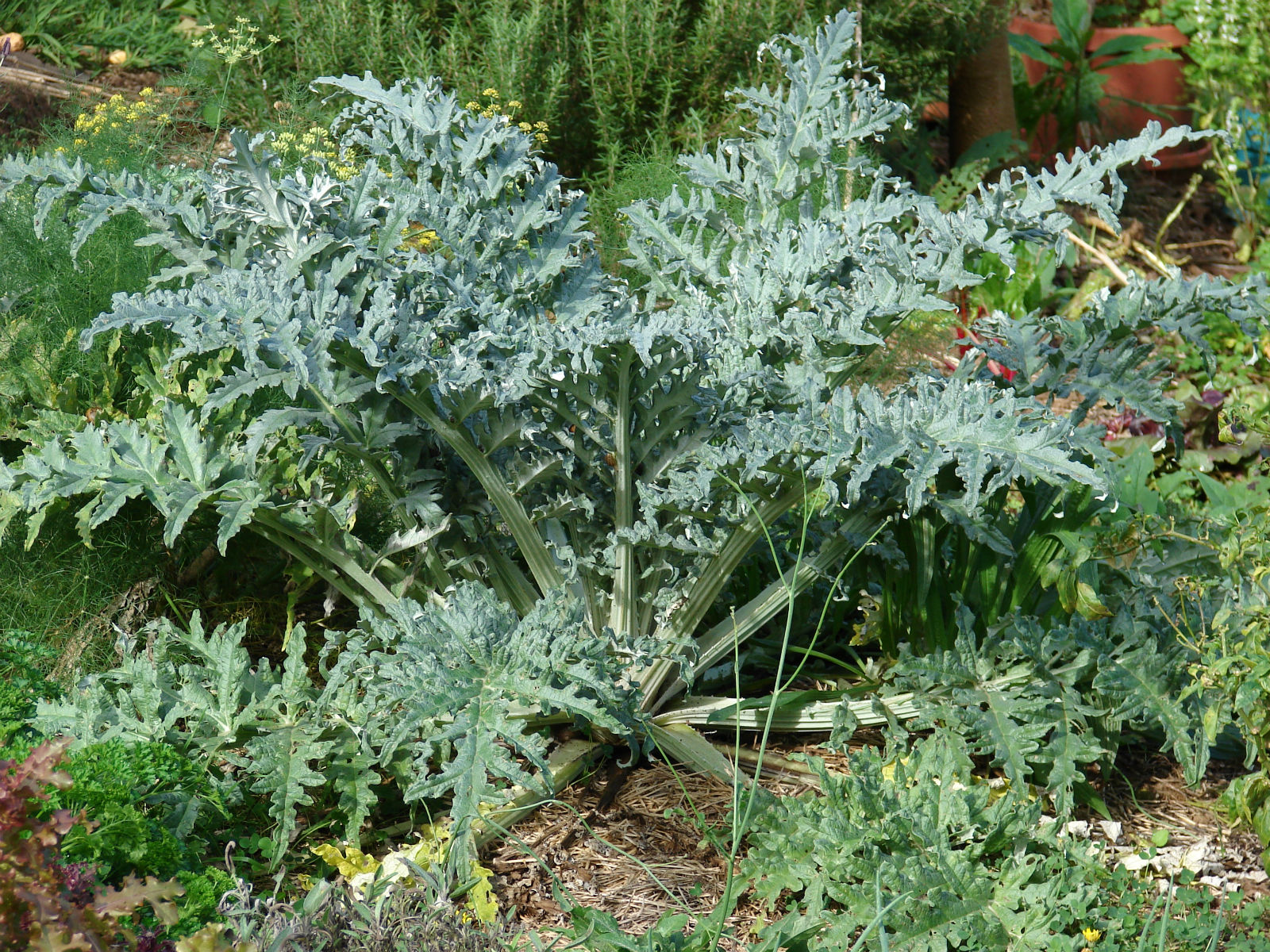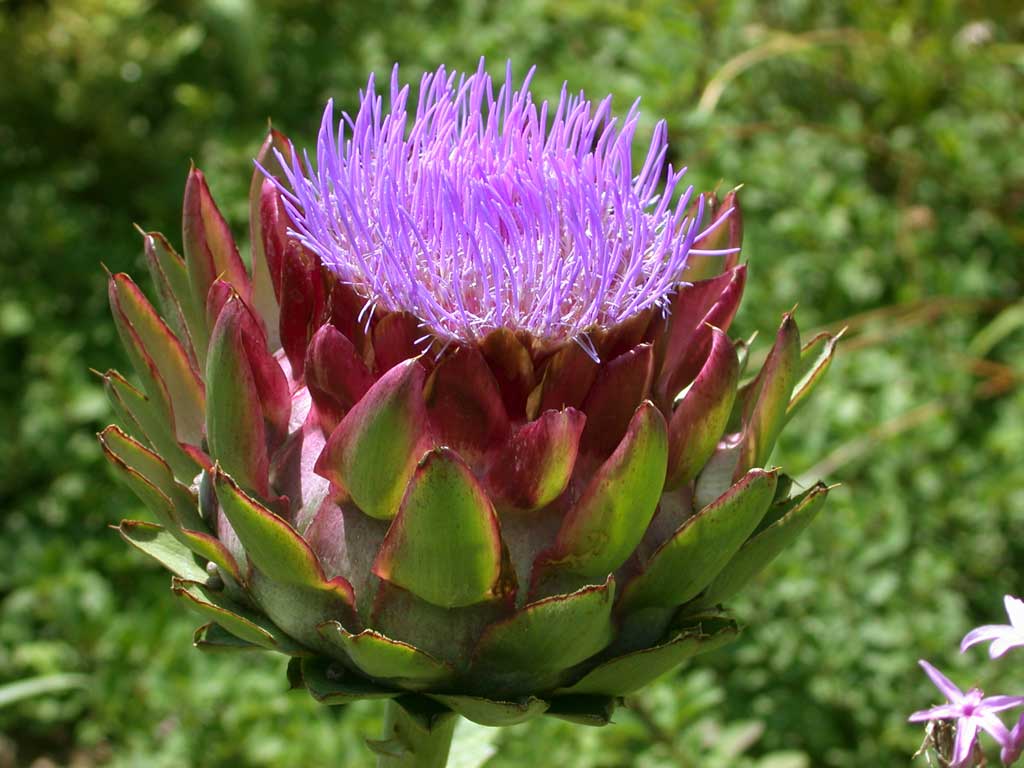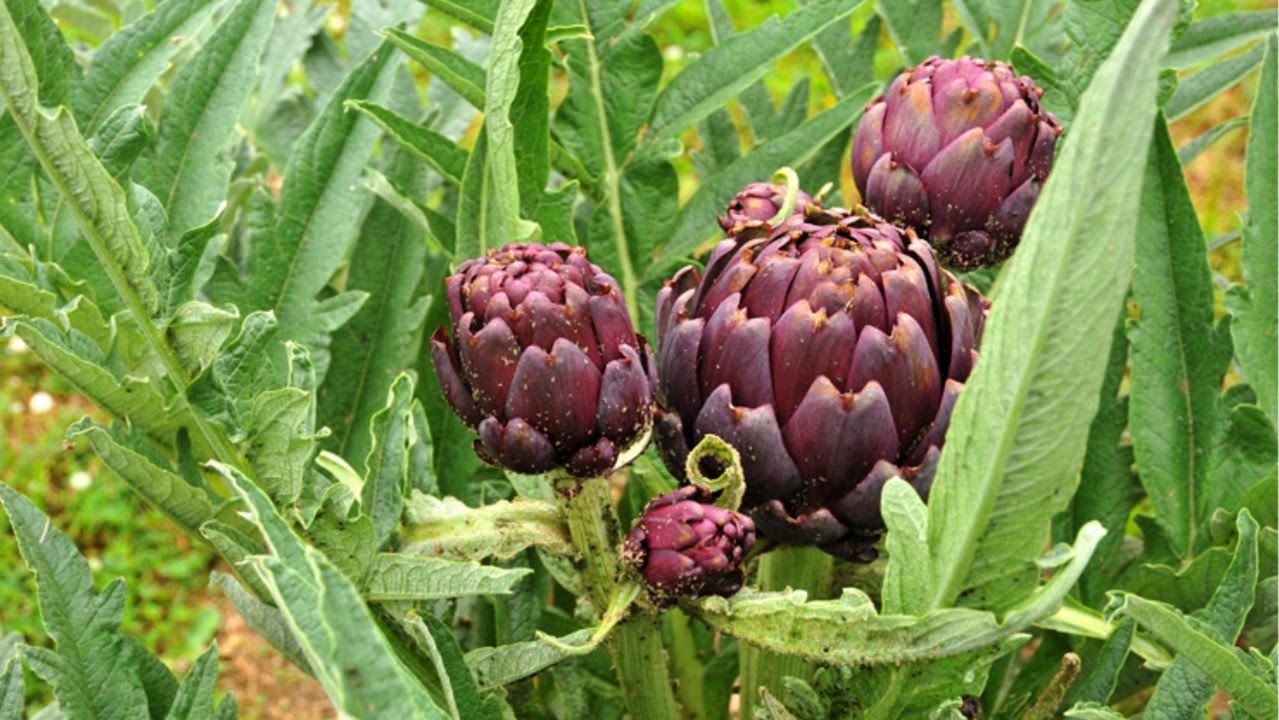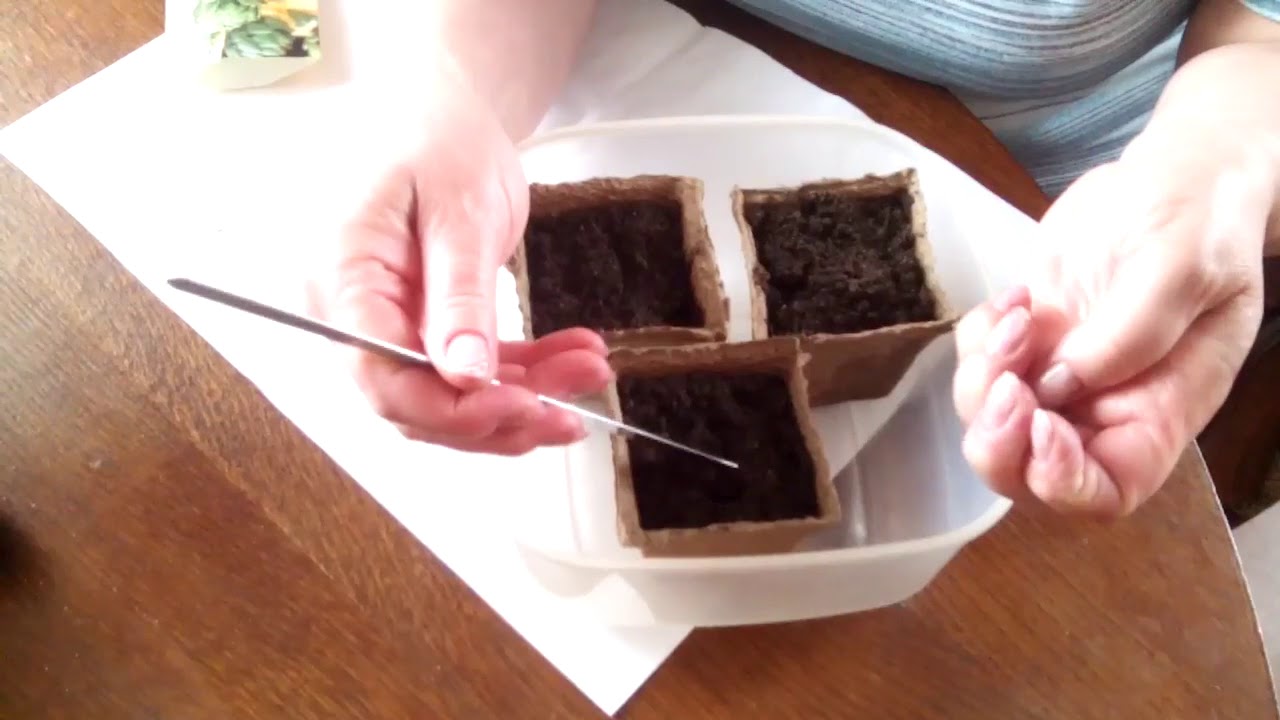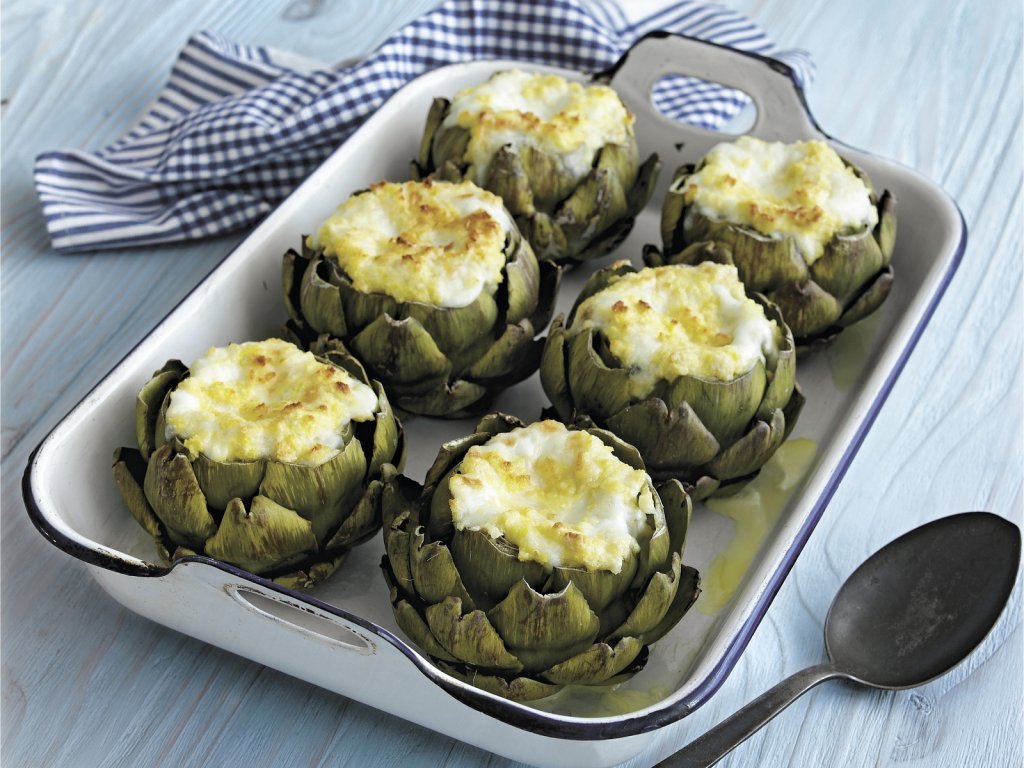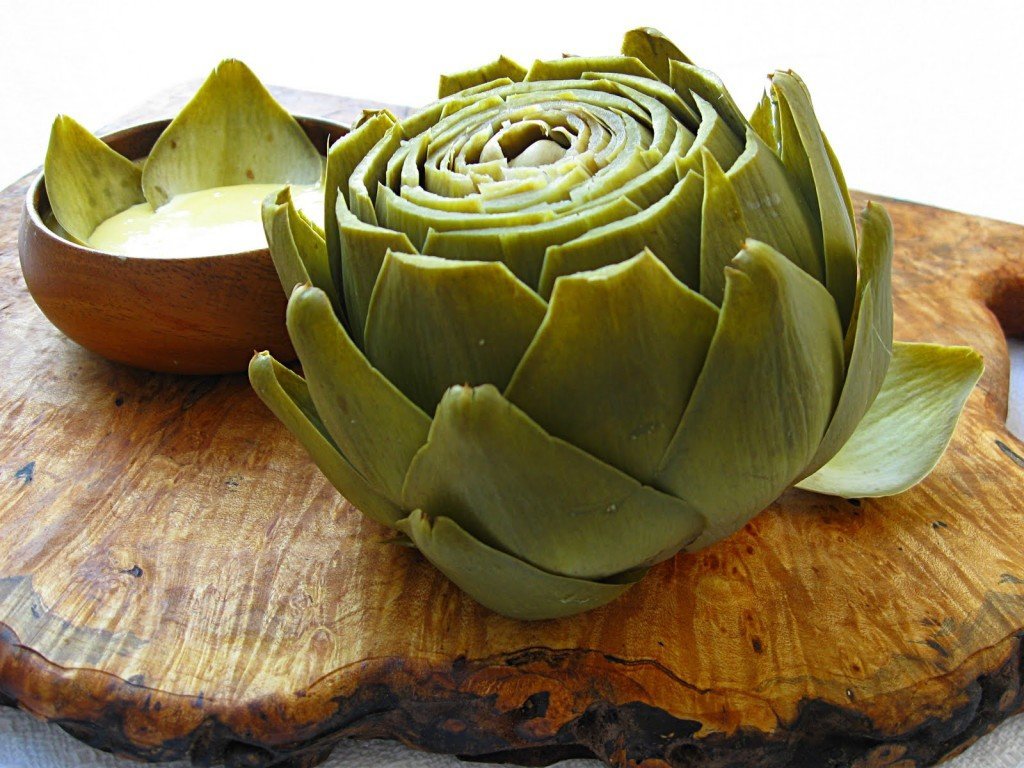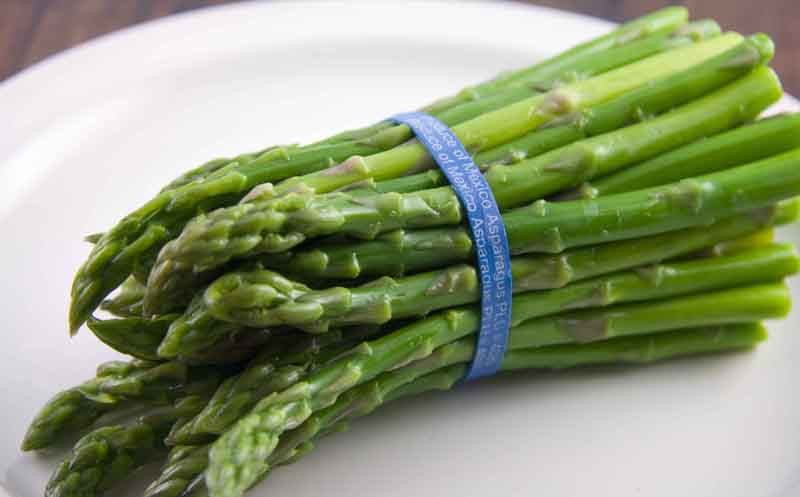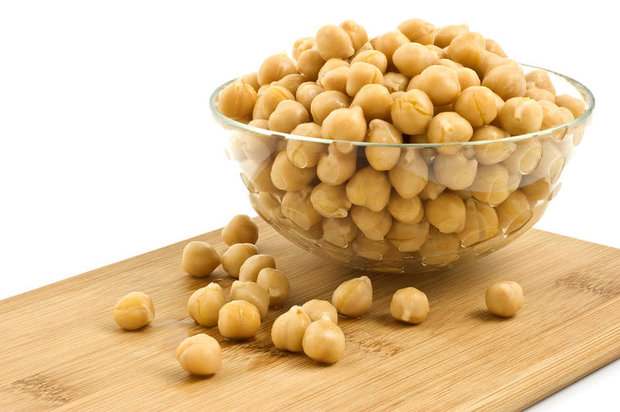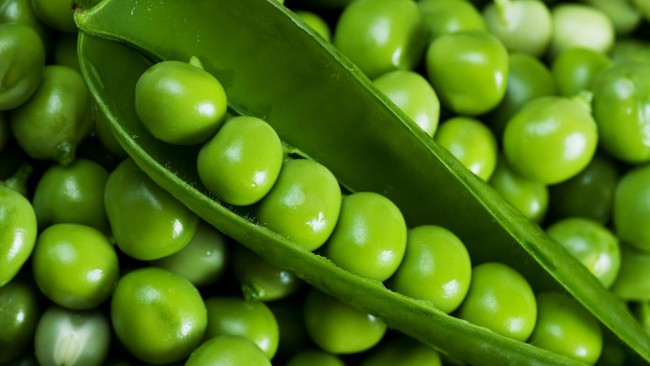Content:
Nature has presented an interesting plant, known to culinary specialists and healers since the 4th century. BC, not very popular in our cuisine or folk medicine. Artichoke (translated from Arabic - "earthen thorn") is undeservedly on the sidelines of horticulture and horticulture. The plant has a unique set of nutrients that make it a valuable food product and a wonderful medicinal raw material at the same time.
What are artichokes?
Often, readers are looking for information on what artichokes are and what to do with them. Belonging to the Aster artichoke family (cinara, cinaria), there are more than a hundred species, about 40 of which are grown as a vegetable or medicinal crop. The most common - prickly (real, sowing, French), Spanish (cardon) - is widely used by the traditional cuisine of the Mediterranean and Western Europe. Although it is cultivated on the territory of Russia in the Crimea and the Caucasus, the local residents do not know the artichoke, what gardeners with long experience do not know about it.
Strictly botanically, the artichoke plant is a herbaceous perennial with a straight stem, often reaching two meters in height. Leaves are pinnately dissected, sometimes prickly. The aboveground part is silvery-green or gray in color.
To understand what artichokes are and what they look like, just remember the thistle. At the time of flowering, their similarity is impressive, which is not surprising: cinara is related to this annoying weed, only blue tones prevail in the color of the artichoke flowers.
The artichoke owes its valuable nutritional and medicinal properties a substantial amount of vitamins: group B, C, K, E, carotenoids. Inflorescences and leaves contain the necessary micro and macro elements, inulin, fatty acids, essential oils.
Artichoke and its uses
Even in ancient times, it was believed that eating a plant in food softens strong odors - sweat, from the mouth, strengthens the hair, helps in the treatment of scurvy, colds, and regulates the work of the bile and urinary tract.
What artichoke helps with
Modern folk medicine recommends the following use of decoctions of artichoke herb (stems, leaves):
- to normalize cholesterol and sugar levels;
- with diseases of the liver, kidneys;
- with eczema, urticaria (externally);
- to remove toxins, especially in severe infectious diseases;
- for the prevention and treatment of atherosclerosis and other diseases.
Wine decoction of cinara roots is drunk to alleviate problems with the pancreas and liver, to eliminate the unpleasant odor of sweat, especially in the armpits.
Popular recipe for its effectiveness in various diseases:
- 100-200 g of crushed cinara flowers;
- 15 g peppermint leaves;
- 8 g of white willow bark;
- 5 g fennel (seed).
A mixture of herbs is poured into 0.5 liters of vodka, insisted for 7-10 days. Take the infusion in courses of 2 weeks with a week break in between. The intake rate is 2 tsp. after meal.
The beneficial gastronomic and medical qualities of the buds include their positive effect on hangover or overeating. Nutritionists advise to eat a small piece of vegetable before a hearty meal.
Cooking applications
The unopened artichoke flowers, which taste like walnuts, are of culinary value. For connoisseurs of Spanish, Italian, French cuisine, the vegetable is familiar from salads, exquisite soups, main courses, where the inflorescences are involved in various forms. And pickled or canned small buds are not inferior in popularity to our mushrooms.
Heat-treated cinnarius baskets almost double their calorie content: 53 kcal versus 28.
Contraindications
Fully opened artichoke flowers with brownish receptacle scales are not suitable for food use. For salads, small buds are selected, for the first or second courses - larger ones.
Hypotensive medications are used with caution, because the plant helps to reduce pressure.
No other contraindications have been identified.
Landing features
The traditional cuisine of the peoples of Russia practically does not use cinara, and not everyone knows what a useful plant, like an artichoke, can be grown in the country and in the harsh Urals or in Siberia. In areas with severe winter frosts, the plant is dug up for the winter, stored in the darkest corner of the cellar.
The only problem with growing cinara is the lack of planting material of zoned varieties. At their own peril and risk, summer residents sow varieties of Maisky, Zeleny Shar, Roman violet of foreign selection as the most suitable for the problematic Russian climate.
The main stages of growing:
- Vernalization of seed. In the first decade of February, seeds are laid out on wet sand, laid in a suitable container. They are kept at a temperature of 22-25 ° until the seeds begin to peck, making sure that the sand remains constantly wet. When sprouts appear, the box is moved to the cold - 0 ° C. When the tips of the roots darken, the seeds are sown on seedlings.
Seeds offered by domestic manufacturing firms involve growing crops as an annual. - Seedlings are grown at room temperature (18-20 ° C). When the seedlings form one real leaf, they are dived into separate pots, preferably peat-humus, with a volume of 0.5 liters or more. The tip of the root is pinched during transplantation, this contributes to the enhanced development of the root system.
- Seedling care is not difficult: regular watering, feeding. The first is carried out 15 days after picking by a mullein 1:10. After 15 days, full mineral fertilizers are applied.
- The choice of location and soil. The plant is light-requiring, even partial shading will negatively affect the potential yield. The soil is needed fertile, light, with good air and moisture permeability.
- Soil preparation. Dig a trench at least 60 cm deep, 1 m wide. Lay 10 cm of drainage at the bottom. The excavated earth is mixed with sand, humus, peat (3: 3: 3: 1), and poured into a pit.
The optimal time for planting seedlings is the second or third decades of May. If the possibility of frost is not excluded, the planted plants are covered overnight or a film greenhouse is installed over the bed.
Seedlings are planted in a square-nesting pattern with a pitch of 70 cm. Usually, 2 plants are placed in each hole.
How to care for your culture
Crop care has its own characteristics, which are taken into account so that the crop does not disappoint:
- Watering every 3-4 days. Young plants are poured 5 liters of water into the nest; for adults, the water consumption increases. The amount of moisture is correlated with the level of precipitation.
- Loosening of the soil and weeding are carried out the day after watering.
- Top dressing under the root is carried out with a mullein 1:10 twice a season: in the spring, 0.5 liters for each specimen, in the fall, 1 liter. On depleted soils, organic matter is applied monthly. Mineral fertilizers are fed on a leaf. The optimal composition is 10 g of potassium chloride, 25 g of superphosphate, 10 g of wood ash per 10 liters of water. Such feeding protects the cynaria from aphids and caterpillars.
- Preparation for winter consists in cutting the aerial part under the root with the onset of cold weather. Rhizomes are insulated with fallen leaves, spruce branches. For additional insulation, snow is thrown onto the beds. In a snowless winter, the plantings are covered with agrotex.
- Transfer. The plant is kept in one place for no more than 4 years, after which it is dug up. Planting is resumed by sowing seeds or dividing the rhizome. A new place is being prepared for further cultivation.
Experienced gardening tips
Often inflorescences appear already in the first year after planting. You should not cut them off for cooking: the plant needs them to form a powerful root system, without which it will not be able to overwinter.
Artichoke vegetables from vernalized seeds behave like annuals. For the first season, some form many flowers on the main and lateral shoots. In the second year, growth stops. This feature is most pronounced in the varieties Gurman, Krasavets. To grow a perennial, the seeds are soaked for a day, then placed in a damp cloth and wait for their germination.
Summer residents of the Middle Lane plant artichoke seedlings simultaneously with tomato seedlings, these crops have the same attitude to temperature changes.
To prepare baskets, they are cleaned of external hard petals. The half-colored scales are already edible. The upper part is cut off by a third. And so that your hands do not turn black when cleaning inflorescences, they are treated in water with lemon juice.
Culinary experts still do not come to a consensus - to attribute an artichoke to fruits or vegetables. But the dispute is not of fundamental importance, since a natural product, whatever name you give it, brings undoubted benefits. It is not entirely easy to grow it, but knowing the features of the plant, the desired success will not keep you waiting.
